Working with the body is both a science and an art. It takes focus and finesse. Equally loving ourselves and improving, we can evolve and witness our own miraculous unfolding.
It had been years since my last session with Karl List: Trainer, Rolfer, Structural Integration therapist, and my body was so happy I had returned. Sessions with Karl are both extremely therapeutic and educational, as he starts by working with the fascia.
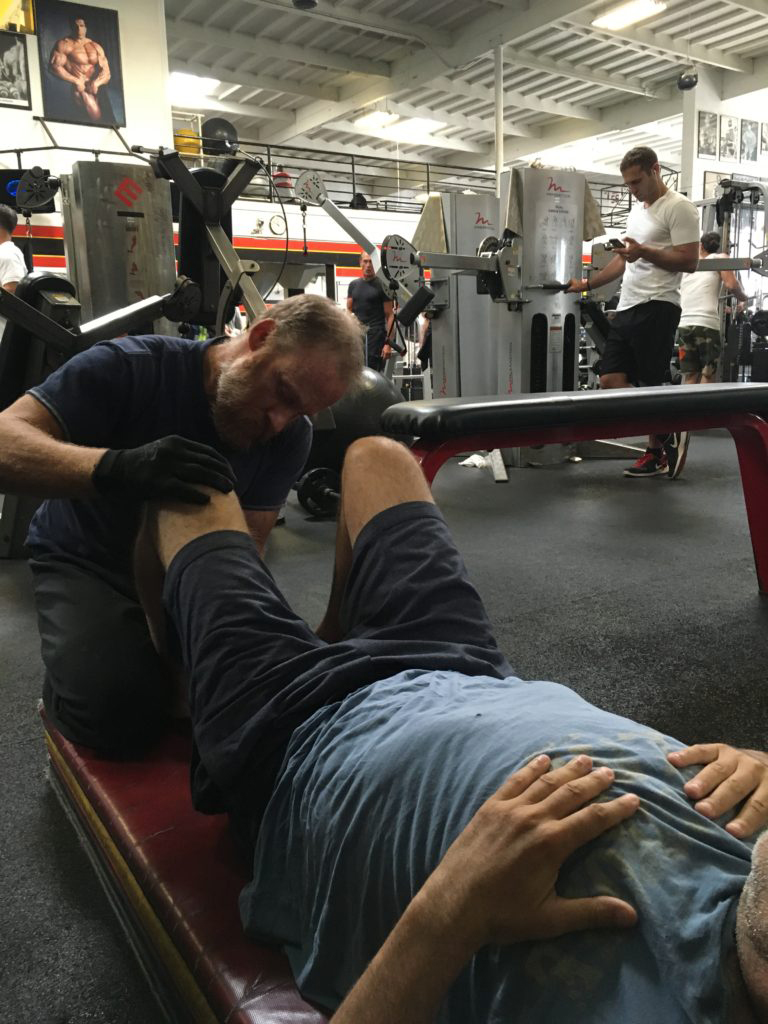
Your fascia is like cellophane, wrapping all the muscles together in your body. If you pull cellophane at one corner, it stretches the whole sheet. If your fascia is tight around the pectoral muscles, above your breasts, the shoulders typically round forward and create tension in the rotator cuff muscles, the rhomboid muscles between the shoulder blades, and into the neck muscles.
Freeing the fascia first, is essential to realigning the bones of the body. If our shoulders or hips are caving in, we can also put unnecessary strain on the muscles, their tendons, where they attach to the bone, and the joints. Years of chronic misalignment can wear on the deeper layers, and create strain on the ligaments, where the bones attach to each other.
So beginning by rolling out the fascia with foam rollers and tennis balls, is a great beginning if you are at home. Karl has spent years of study developing various contraptions to roll out the fascia in even more effective ways. Using a barbell with light weights is an effective way to roll out the fascia on the quadriceps, fronts of the legs. Karl also works deeply in the groin and Iliopsoas area with a softball. Personally, Karl rolls out thoroughly 4x’s a week, in addition to cardiovascular exercise, strength training, and stretching.
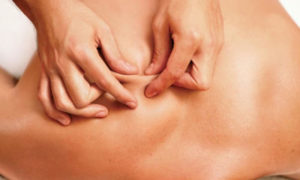
After working on the fascia, you can tell if it is nice and loose by picking up and rolling the first layer of tissue all over your body. Chronic knots, or trigger points in the muscles also need to be released before strength training. Trigger point charts are beneficial to look at. Sometimes an area of the body can be in pain and a trigger point, released in a completely different area, can bring relief. Active trigger points refer pain to others parts of the body.
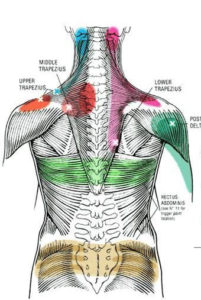
By releasing the fascia and muscular tension, we can begin to regain skeletal symmetry. At the pinnacle of health and fitness is Da Vinci’s Virtuous Man.
We release the musculature and the appendages find their way back to their natural supported sockets. Though finding body symmetry, like in most practices such as martial arts and yoga, we must begin with the core or pelvic floor.
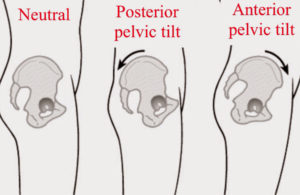
Look at your body in the mirror, is your pelvis tipping forward anteriorly, perhaps putting strain on the lower back. Is it tipping back, posteriorly? Releasing the Iliopsoas and strengthening the deeper core muscles is essential to creating a neutral pelvis. Our spine is only aligned based on it’s perpendicularly to the pelvis. A strong pelvic floor helps stabilize the entire body. Through therapeutic yoga we can strengthen the core and unwind the spine muscularly, but I believe working with trigger points and fascia is an essential first step in structural alignment. I will talk more about the alignment of the spine, scoliosis, lordosis, and kyphosis in another blog post.
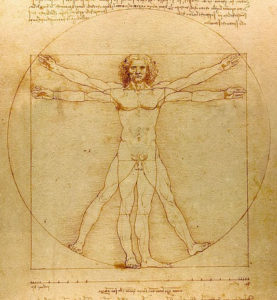
Finding perfect symmetry in our bodies has a great effect on the overall function of our bodies, minds, emotions, and spiritual life. Begin gently stretching, massaging, toning and strengthening, refining our machine for optimal performance. Working with the body is both a science and an art. It takes focus and finesse. Equally loving ourselves and improving, we can evolve and witness our own miraculous unfolding.
For more information about the wizardry of Karl List go to: http://www.karllist.com



